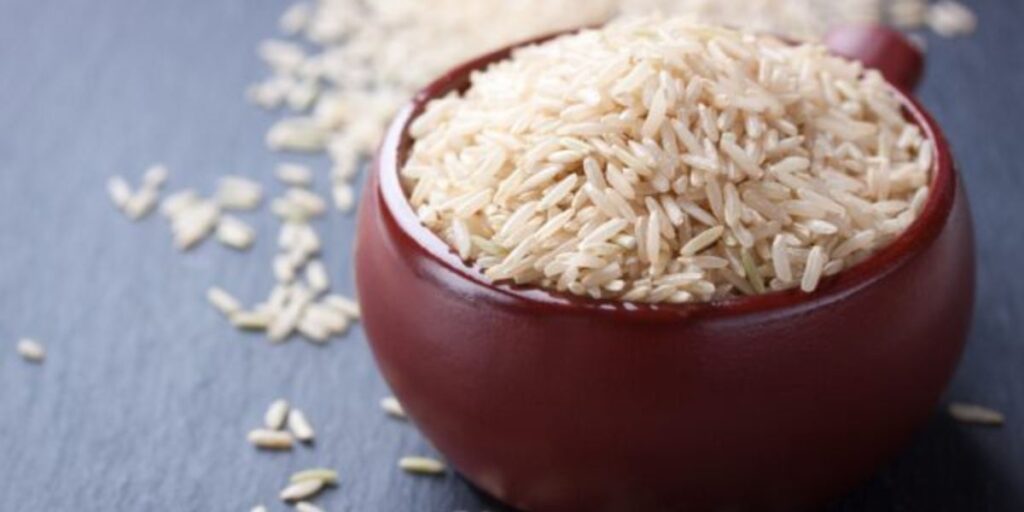Introduction
In the vast and varied world of culinary delights, certain ingredients stand out not just for their taste but also for their cultural significance. One such gem is Seeraga Samba rice, a grain deeply woven into the fabric of South Indian cuisine. As we embark on this gastronomic journey, we’ll explore the origins, culinary uses, health benefits, and the enduring cultural impact of Seeraga Samba rice.
Origins and Cultural Significance
Seeraga Samba rice traces its roots to the southern regions of India, particularly Tamil Nadu. The name itself is a testament to the rice’s unique characteristics—’seeraga’ meaning cumin, and ‘samba’ referring to the rice variety. This small, aromatic grain has been a staple in South Indian households for centuries, playing a pivotal role in traditional dishes like biryani.
The cultivation and harvesting of Seeraga Samba rice are deeply intertwined with cultural practices and festivities. Farmers celebrate the annual harvest with rituals that highlight the importance of this grain in sustaining communities and preserving culinary traditions. Understanding the cultural context adds layers of appreciation to the simple act of cooking and enjoying a Seeraga Samba rice-based dish.
Culinary Versatility: Beyond Biryani
While Seeraga Samba rice is most renowned for its starring role in biryani, its culinary uses extend far beyond this iconic dish. The grain’s unique aroma and ability to absorb flavours make it a versatile ingredient in various recipes. From aromatic pulavs to savoury pongal, Seeraga Samba rice adds a distinctive touch to a wide array of South Indian delicacies.
Exploring the culinary landscape, chefs and home cooks alike have experimented with this rice variety, adapting it to contemporary tastes while preserving its authentic essence. The grain’s ability to complement both vegetarian and non-vegetarian dishes showcases its adaptability, making it a favourite in kitchens around the world.
Health Benefits and Nutritional Value
Beyond its culinary prowess, Seeraga Samba rice offers a range of health benefits. Unlike refined grains, this unpolished rice retains its bran layer, ensuring a higher nutritional value. Rich in fibre, essential minerals, and antioxidants, Seeraga Samba rice contributes to digestive health and overall well-being.
The slow-releasing carbohydrates in this rice make it an excellent choice for sustained energy, a quality appreciated by athletes and those seeking a balanced diet. As awareness of the importance of whole grains in a healthy lifestyle grows, Seeraga Samba rice has found its place not just in traditional kitchens but also in the menus of health-conscious individuals.
Sustainable Farming Practices and Environmental Impact
In recent years, the spotlight on sustainable farming practices has illuminated the environmental impact of agriculture. Seeraga Samba rice, deeply rooted in traditional farming methods, aligns with sustainable practices. Its cultivation often involves organic and eco-friendly approaches, emphasising the harmony between agriculture and the environment.
As consumers increasingly prioritise sustainability, the cultivation and consumption of Seeraga Samba rice offer a model for preserving biodiversity, maintaining soil health, and reducing the ecological footprint of agriculture. This alignment with sustainable practices further elevates the significance of Seeraga Samba rice in the contemporary culinary landscape.
Preserving Tradition in a Globalised World
In an era marked by globalisation and the blending of culinary traditions, Seeraga Samba rice stands as a symbol of resilience. While its aromatic presence graces kitchens across the globe, the essence of this grain remains deeply rooted in its South Indian origins. The challenge lies in striking a balance between honouring tradition and embracing innovation.
Chefs and food enthusiasts worldwide are finding creative ways to incorporate Seeraga Samba rice into diverse cuisines without diluting its cultural identity. This delicate balance ensures that the legacy of this rice variety continues to thrive, fostering a global appreciation for the rich tapestry of South Indian culinary heritage.
Conclusion
As we conclude this exploration of Seeraga Samba rice, it’s evident that this small grain carries immense cultural, culinary, and nutritional significance. From its humble origins in the paddy fields of Tamil Nadu to its presence on plates worldwide, Seeraga Samba rice is a testament to the enduring power of food to connect us to our roots.
In a world where culinary trends come and go, Seeraga Samba rice stands as a timeless ingredient, bridging generations and cultures. As we savour the aroma of a perfectly cooked biryani or relish the simplicity of a Seeraga Samba rice-based dish, we participate in a culinary tradition that transcends borders and binds us together in the shared joy of good food. Here’s to the small grain that carries the weight of tradition—one aromatic grain of Seeraga Samba rice at a time.




